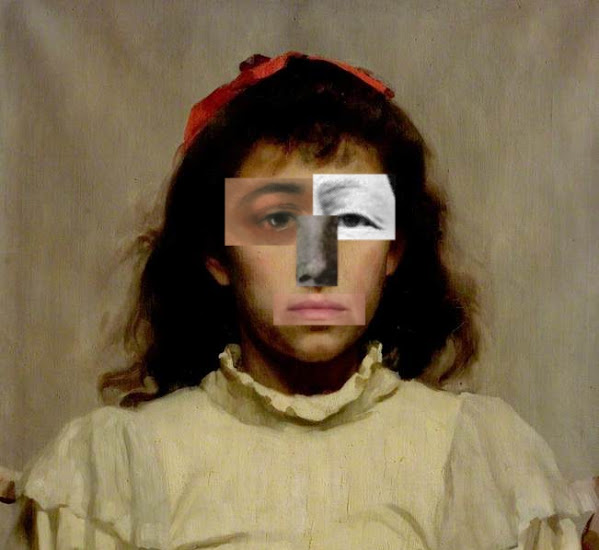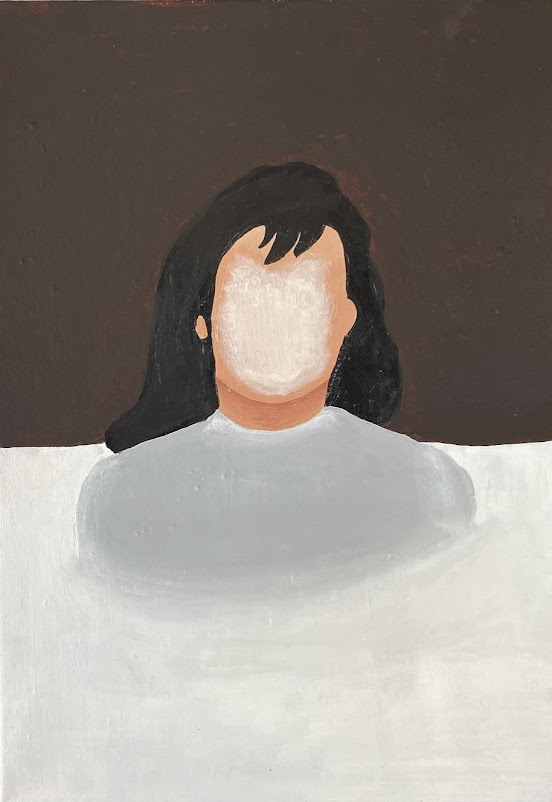Tristram Aver has been involved in various artistic activities, including album/single cover artwork for The Cooper Temple Clause breakthrough album 'Kick Up The Fire and Let The Flames Break Loose' (2003), to producing commissions for major UK museums and galleries. A graduate of Birmingham School of Art with nearly 20 years of experience in the Visual Arts sector, Aver has experience in both artist-led and publicly funded organisations and has worked on many high-profile contemporary and visual arts projects with artists, collections, curators and institutions worldwide.
His work is also in significant private collections, including the Bayswater Media Group, London, and The Stremmel Gallery Collection, Reno, Nevada, and Sir Paul Smith, Nottingham.
He is now an Exhibitions Curator for Nottingham City Museums, leading the temporary exhibitions programme.
'With nearly 20 years of experience in the Visual Arts sector, Tristram Aver has experience in both artist-led and publicly funded organisations, and as a Curator and Exhibitions Manager, has worked on many high-profile contemporary and visual arts projects with artists, collections, curators and institutions worldwide. He has recently contributed to the 3-year, HLF-funded £32m regeneration and relaunch of Nottingham Castle as a Project Lead responsible for the Collection and installation of the displays, and managed to tour a successful exhibition of Nottingham Lace to two Chinese cities during the first COVID-lockdown in 2020.
As an artist, he has been involved in various artistic activities, including album/single cover artwork for The Cooper Temple Clause breakthrough album 'Kick Up The Fire and Let The Flames Break Loose' (2003), and producing commissions for major UK museums and galleries. He has shown in international groups shows in Korea, China, and Berlin, as well as many UK galleries such as Nottingham, Manchester, and London.
He has a research interest in Neurodivergency and ASD in the Visual Arts and is an Autism Ambassador for the City of Nottingham.
His artworks are also in significant private collections, including the Bayswater Media Group, London, The Stremmel Gallery Collection, Reno, Nevada, and Sir. Paul Smith, Nottingham.
After contributing to Nottingham Castle's £32m relaunch, he developed the inaugural exhibitions programme as Exhibitions Manager for Nottingham Castle Trust before returning to Nottingham City Museums as Exhibitions Curator, where he leads projects across the City’s portfolio of museums, heritage sites, and stately homes.
- Indeed.
Blue budgerigars float within a geometric ground, and star 'halos' surround their heads as they puff plumes of smoke. Collaged (painted) elements that resemble leaves surround them, and gold vines protract from the top left-hand corner. This canvas displays a variety of painterly marks and applications, from impasto, loose drips, brushwork and spray. This is a small study for a larger painting.
I can take inspiration from these paintings by inserting some extra, simple paint strokes that stand out but do not stand out so much that they take the focus off the centre of the piece.
Selection of works made in the time period of 2015 - 2018.
Domestic Camouflage: Painting in the Pathless Woods words by Wayne Burrows At the end of a very intensive 3 years of activity (art, work and babies!), starting with a show at (the former) Cornerhouse, Manchester, and ending with the New Opportunities Award, Wayne Burrows - a Nottingham-based poet, artist and art writer - reflected about the paintings produced within this period within an essay for my book And Stand a Ruin Amidst Ruins.
Waiting for Master (part 1)
127 x 90 cm. Oil, acrylic, collage, spray paint on canvas, with MDF, taxidermy skull and LED neon (white, yellow and orange).
Violas
127 x 90 cm. Oil, acrylic, collage, spray paint on canvas, with MDF, taxidermy skull and LED neon (white and blue).




























